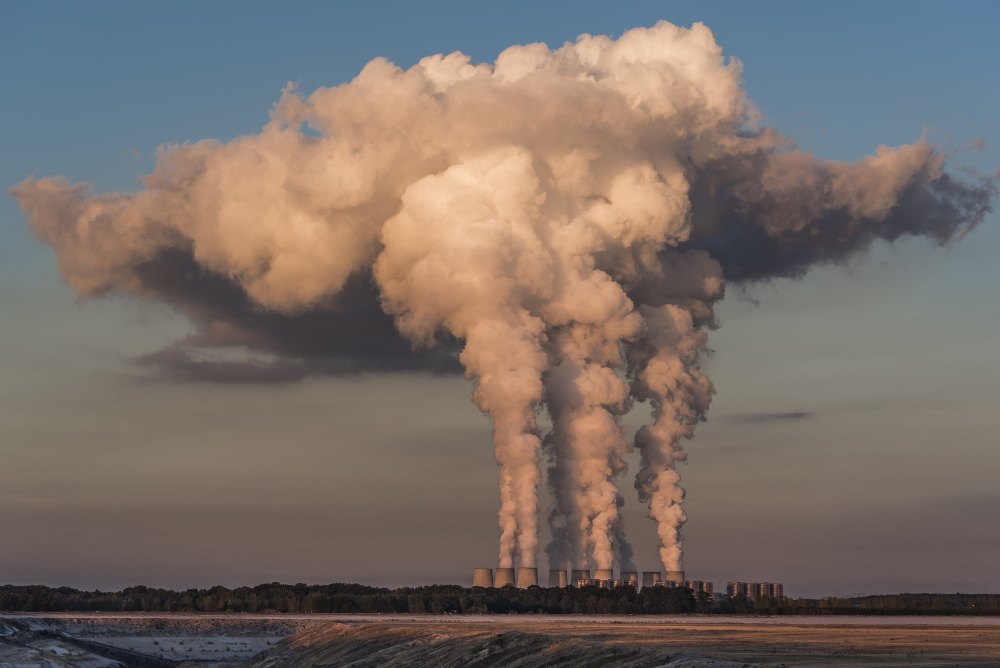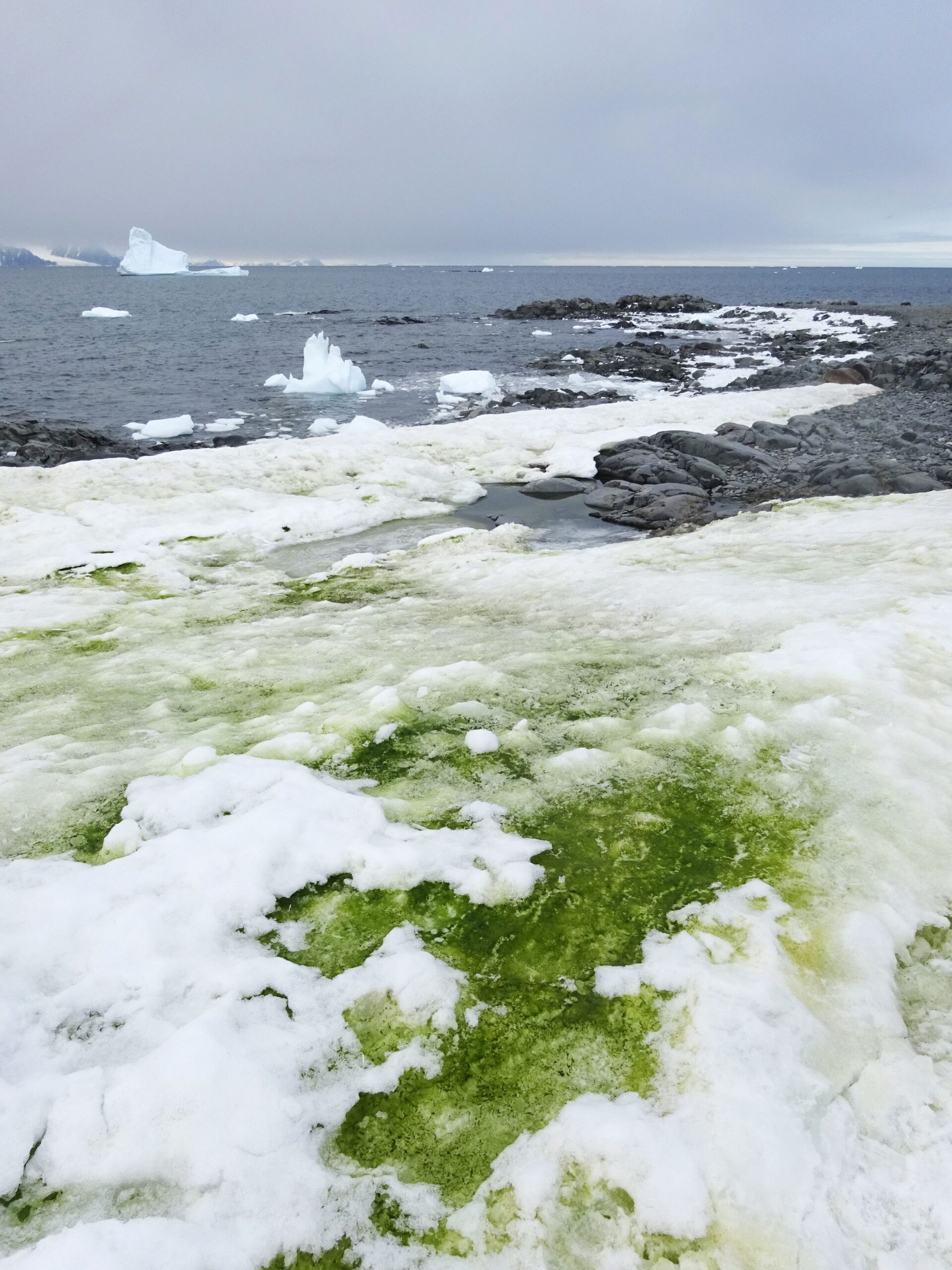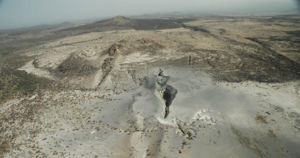5 Potentially Cataclysmic Near-Earth Asteroids to Watch
What are Near-Earth Asteroids (NEAs) Near-Earth asteroids (NEAs) are small, rocky bodies that orbit the Sun and can come close to Earth’s orbit. There are over 30,000 known NEAs, and new ones are being discovered all the time. NEAs are classified into different groups based on their orbits. The two most important groups are: Aten







